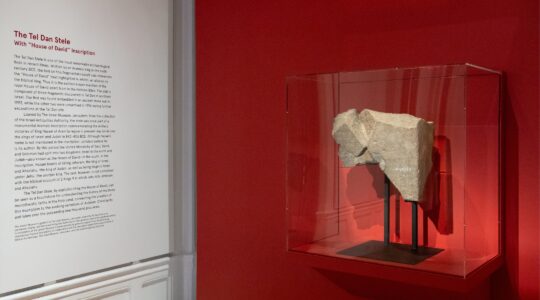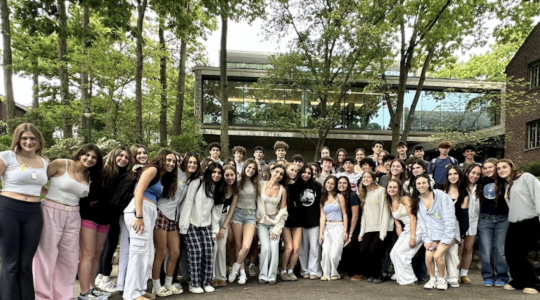No, those aren’t watermelons that the couple at the Western Wall plaza are shlepping.
They’re etrogs, and the man and woman are among thousands of Israelis who flock to the Western Wall — the Kotel in Hebrew — at Sukkot each year. One of the shalosh regalim, the trio of biblical pilgrimage holidays, the Jewish harvest festival still attracts visitors and worshippers.
In early fall when the weather is still warm and sunny in Israel, Sukkot is a time celebrated by the pious and secular alike. On the street, musicians play. In backyards and on balconies, temporary dwellings both ornate and fancy appear. In parks, vacationing children and parents play. For yeshivot, it’s bein hazmanim, recess time.
Anywhere you go, you see people carrying Arba Minim (the Four Species) sets, and Sukkah decorations on sale. Most restaurants erect large sukkot for customers, and political groups sponsor educational tours.
But Jerusalem, where Jews have traveled to Sukkot for two millennia, is the center of the holiday action.
Hotels rooms are at a premium, as is space at the Kotel, where tens of thousands of people come for daily prayers and the en masse Priestly Blessing.
Once the holiday begins, the sky-high price of a lulav and etrog drops.
You could probably get an etrog for the price of a watermelon.
The New York Jewish Week brings you the stories behind the headlines, keeping you connected to Jewish life in New York. Help sustain the reporting you trust by donating today.




